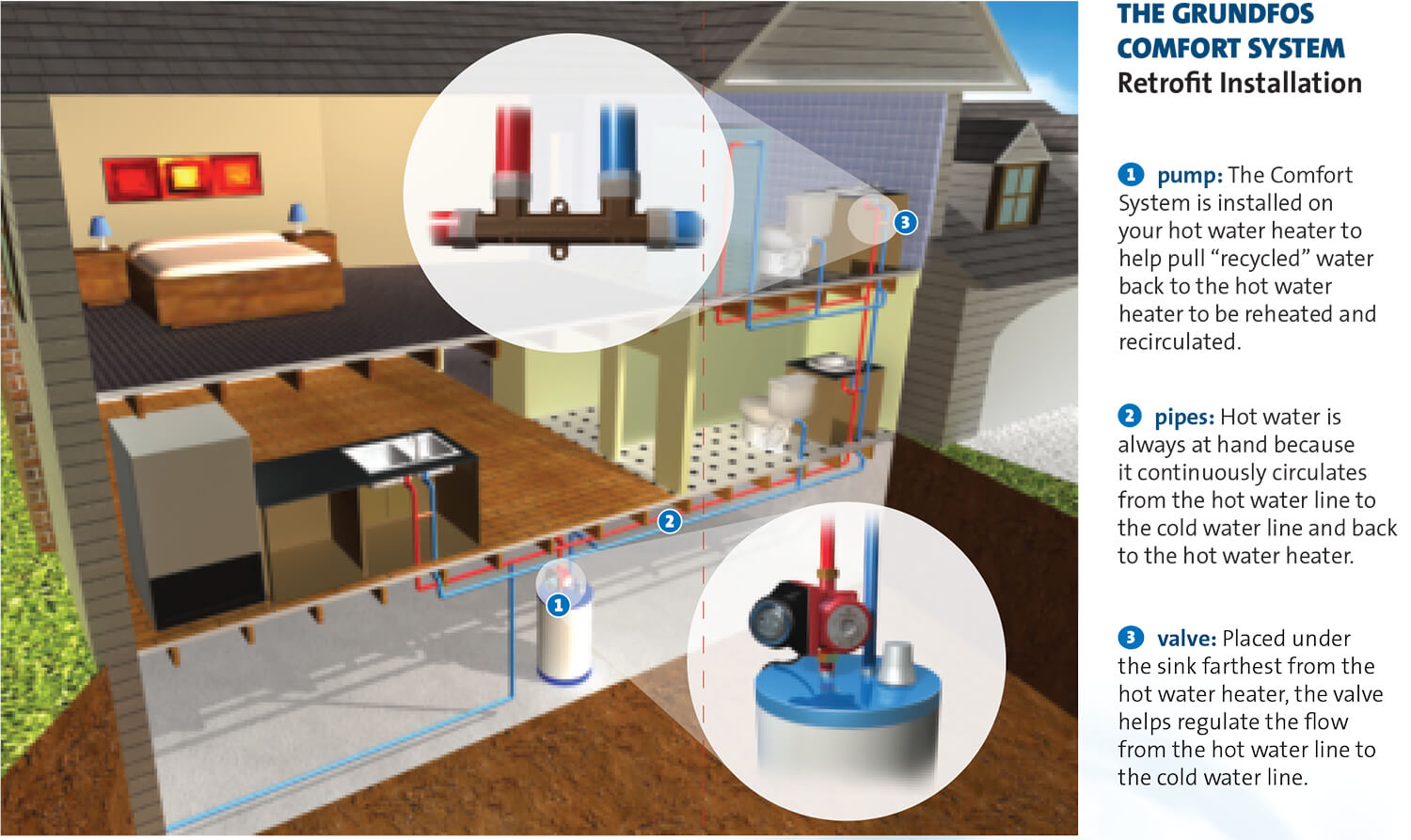Table of Content
Get your well inspected for any damages to well casing and sediment buildup at well screen. For more stringent measures, you can go for a pressure booster pump, a constant pressure valve, or a constant pressure system. But if you’re a hands-on homeowner, this is something you can do for yourself.

He frequently writes on various well water issues with a special focus on well maintenance and drinking water quality. The number of appliances that need high pressure – The number of appliances in your home also impact the required pressure. Moreover, water treatment systems also require a constant pressure to function effectively. Low pressure can result in poor functioning of these machines. When it comes to discussing water pressure for a well, the general perception is that the more pressure, the better it is.
Clogged Faucet Aerators and Shower Heads
A service line not properly sized for the home's needs can also affect the final pressure at the tap. You have a large home with 2-3 people living inside it, and it is located near to the well, low pressure would do the trick. You have a large home with 6-8 or more inhabitants; don’t think about keeping the pressure below 40/60 PSI.
However, did you know that high home water pressure can pose some issues? Let’s talk a little bit about the way that water pressure is generated, as well as why it is important. The most common cause of high water pressure is the municipal supply. Depending upon the requirements in your area, the water company may need to deliver water at a high pressure rating. This is especially true where they need to service tall buildings or areas high above sea level.
What Should Home Water Pressure Be?
Water pressure is the amount of force from the water main into your home. It is measured in pounds per square inch , and normal water pressure is typically between 30 and 80 PSI. The most common source of high water pressure is actually the municipal water supplier. It’s also possible that you have a faulty expansion tank on your water heater. At the end of the day, the cause of high water pressure is usually something outside of your control. Low water pressure can increase the amount of time it takes to fill a sink or bathtub.

On average, natural gas is being delivered to your home at ¼ pound per square inch. Another way to measure it is in inches per water column, notated as i.w.c. Homes often have a natural gas level of 7 i.w.c. Natural gas is transported at the beginning of its journey at high pressures through long pipelines that connect the supplier to sub-stations.
What Is Normal Water Pressure in a Residential Home?
Checking the water pressure yourself is not difficult, and may help you to identify potential problems before they become costly. It should cost you about $10 to measure the water pressure in your house, which you use to buy a pressure gauge if you do not already have one. In some instances, you don’t even need to measure the pressure; you just have to check it. If you have leaks anywhere in your pipes, it goes without saying that the water pressure in your house will be reduced. Sometimes it is not even a leak, but an garden hose that was left running by the kids. The highest plumbing fixture pressure requirement is typically 20 pounds per square inch for a temperature-controlled shower.
Here’s a simple low-tech way to see if your home has or doesn’t have adequate water pressure. Run a washing machine or dishwasher, then turn on a couple of sinks in the house. In addition, turn on your shower and other plumbing fixtures. If water doesn’t flow strongly out of any of these faucets and fixtures, or flows fine on one floor but not on another, you probably should increase your water pressure. A water pressure reading will tell you exactly how forceful your water is in PSI . Most homeowners prefer something right in the middle around 50 PSI.
Symptoms of High Water Pressure in the House
You may need a pressure booster or a constant pressure system for large homes located far away from the well. Older refrigerators were powered by natural gas, but these large appliances are not very common or easy to get. Another major appliance that uses natural gas is your water heater. Water heaters that are powered by natural gas are more energy-efficient and heat your water much faster than electric units.

They are known to last much longer than electric dryers, as well, and can do two loads of laundry for the same cost you pay for a single electric-powered load. The gathering pipes are low pressure and transport the raw gas from the well to a processing plant. PSI, Pressure per Square Inch, is the measurement of natural gas. This article is part of the natural gas information main page. To reduce high pressure in a home, you’ll need a Pressure Reducing Valve .
There is a chance that you have a pressure gauge installed somewhere in your house. Walk around your house looking for this gauge and check the pressure indicated on it. A waterlogged pressure tank is caused by a raptured bladder/diaphragm. If the low water pressure is only affecting the hot water, you most likely have sediment in your water heater and you need to flush it. Find more information about draining and flushing a water heater in this post. The water heater temperature and pressure relief valve is a valve installed near the top or at the top of the water heater.
Testing your well water pressure a few times a year is a good way to stay ahead of any potential problems before they have a chance to get any worse. You may wish to use individual shut-off valves for faucets or toilets if you plan to exclude those from the test. This faucet has the highest pressure and will tell you if any pressure issues are in your home or originate in the municipal lines. Once you have the right water pressure, tighten the nut on the pressure reducing valve.

No comments:
Post a Comment